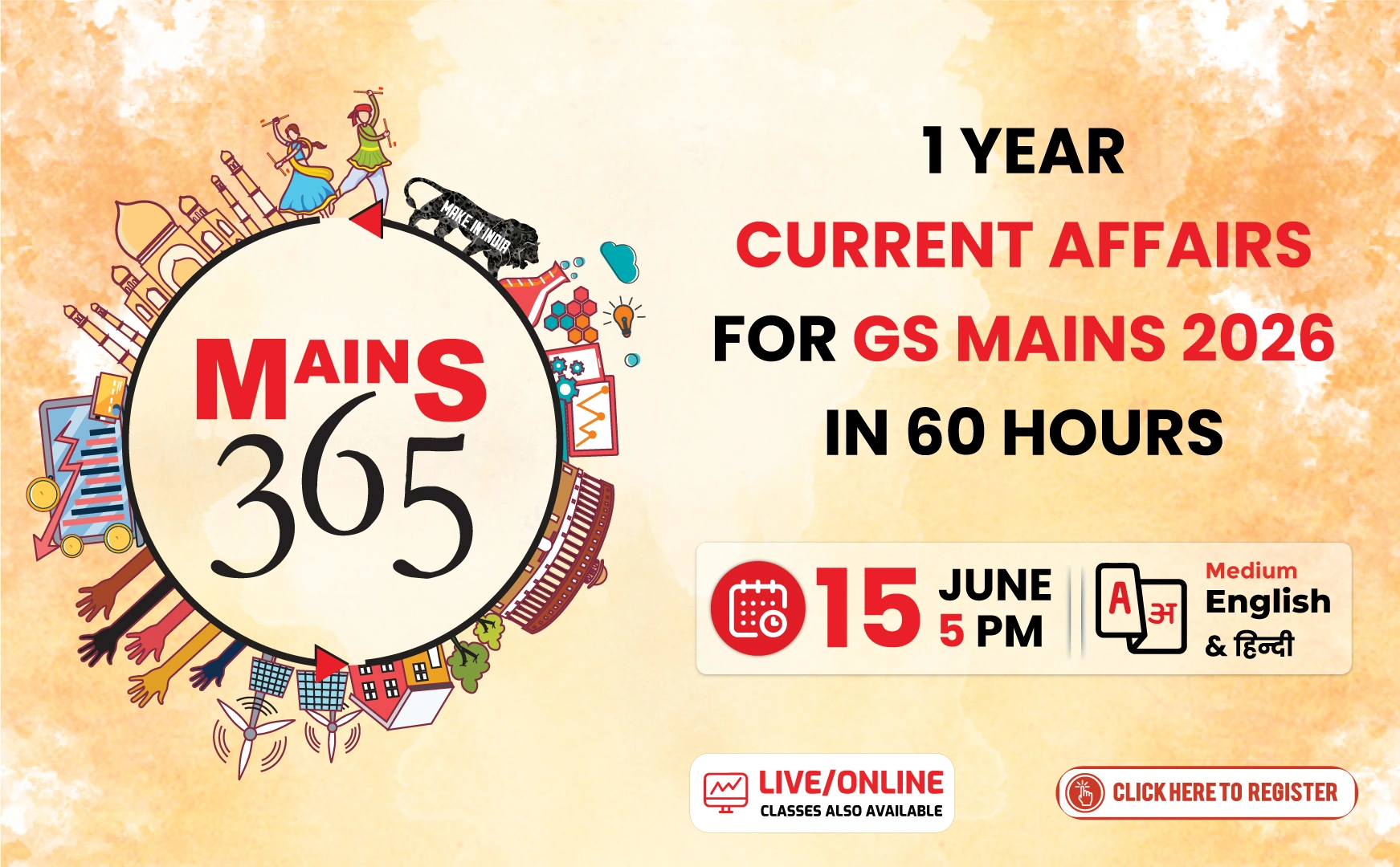World Bank Report on India's Inequality
A recent report by the World Bank (WB) highlights a significant reduction in consumption inequality in India between 2011-12 and 2022-23. The report places India’s Gini coefficient, a measure of inequality, as the fourth-lowest globally.
Data Sources and Methodology
- The WB estimates are based on the Household Consumption Expenditure Survey (HCES) 2022-23.
- The survey uses the Modified Mixed Recall Period (MMRP) method, aligning with international standards.
- Some government-provided free goods are accounted for, but consumer durables are excluded.
Income Inequality
- No official data on income distribution exists, so the WIL uses tax data for high-income groups and older consumption data.
- This results in an underestimated income for the bottom 80%, skewing income distribution figures.
- Despite limitations, WIL data shows an increase in income shares for the bottom 50% from 13.9% to 15% (2017-2022), with a decrease for the top 10% from 58.8% to 57.7%.
Taxation and Compliance
- Post-tax income analysis shows a decline in inequality over the last decade.
- The top 1% of individual taxpayers contribute significantly to total taxes.
- Improved tax compliance is attributed to better enforcement measures.
Macroeconomic Factors
- The primary determinants of income inequality are the rate of return on capital versus GDP growth.
- India's growth rate surpasses the post-tax returns on capital, making growth inclusive.
Poverty Reduction and Consumption Patterns
- Between 2012 and 2025, India lifted approximately 320 million people out of extreme poverty.
- Consumption of nutritious foods has increased, reflecting improvements in living standards.
- For the bottom 20%, healthier dietary shifts are notable.
Efforts continue to address loopholes in tax laws to further reduce inequality. However, India's achievements in reducing poverty and improving welfare should be recognized and celebrated.



